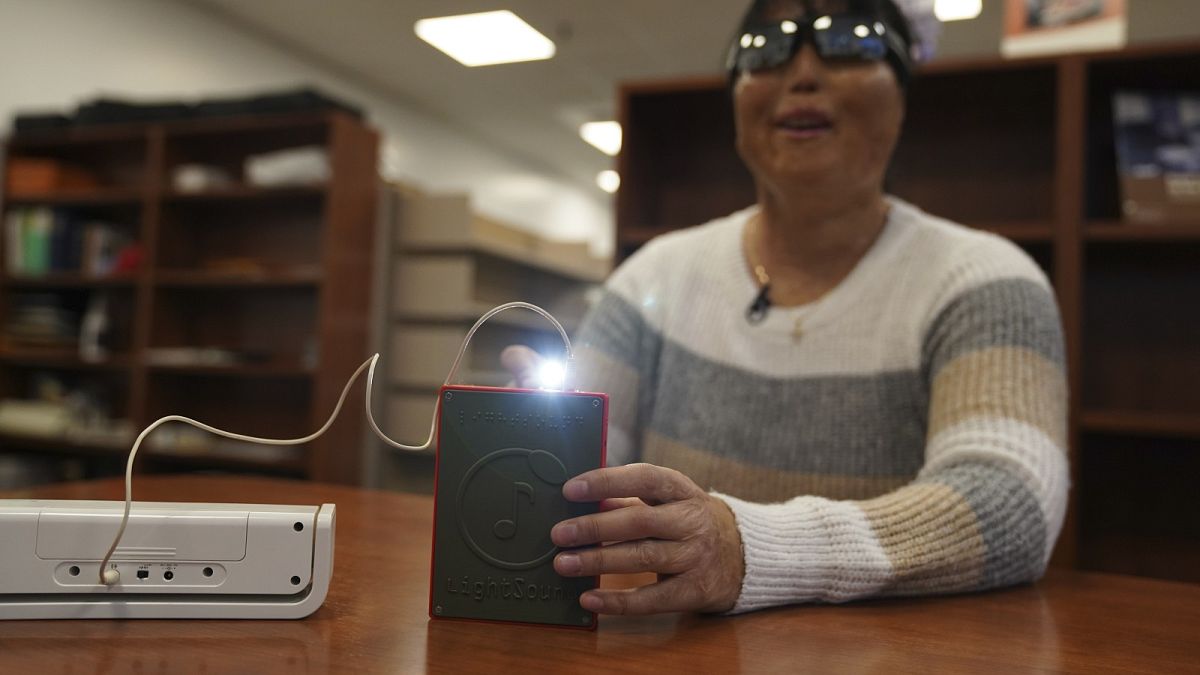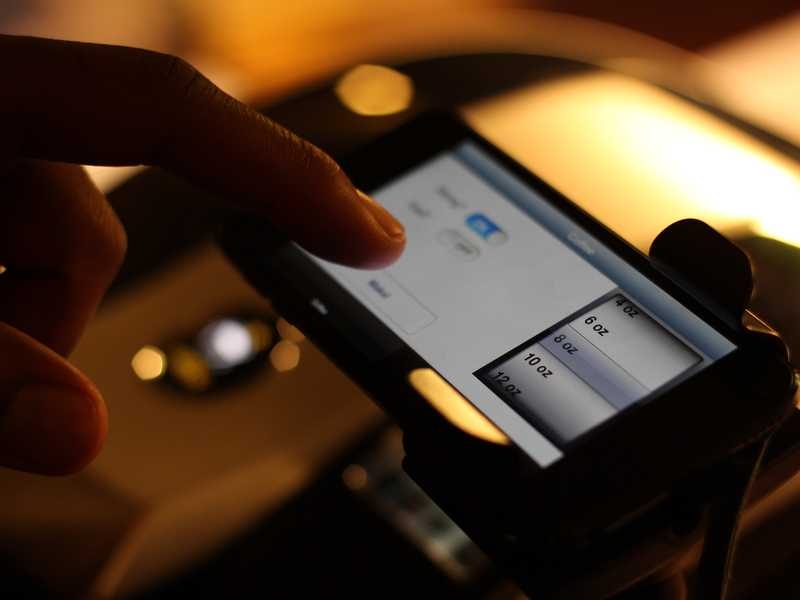Empowering Freedom With Assistive Technology for the Blind
The integration of assistive technology into the lives of people with aesthetic problems stands for a significant development in advertising independence and self-sufficiency. From cutting-edge display viewers to advanced clever canes, these devices not only enhance day-to-day navigating and interaction yet additionally encourage users to involve meaningfully in different aspects of life. As we explore the myriad advantages and real-world applications of these modern technologies, it comes to be critical to check out the hidden elements that add to their effectiveness and the potential for future growths in this vital field.
Introduction of Assistive Technology

The advancement of assistive modern technology is based in concepts of inclusivity and empowerment. Technologies in software, equipment, and sensory improvements offer users with options tailored to their particular requirements. From screen readers that transform text to speech, to tactile tools that share info via touch, these tools change the way individuals involve with their surroundings.
Along with functional applications, assistive technology fosters greater social incorporation and involvement in various industries, including education and employment (Braille displays and notetakers). As r & d remain to develop, the potential for assistive technology to better enhance the lives of visually damaged people stays appealing, paving the way for an extra equitable society where everyone can prosper
Types of Assistive Devices
A selection of assistive devices have actually arised to support individuals with aesthetic problems, each made to meet particular requirements and improve day-to-day performance. These devices range from low-tech services to state-of-the-art innovations, giving varied options for customers.
Low-tech tools consist of magnifiers and large-print materials that assist in analysis and writing. Braille devices, such as Braille slates and styluses, enable tactile reading and interaction. Alignment and flexibility help, like white walking sticks, assist customers browse their environment securely.
On the greater end of the range, electronic magnifying systems and screen readers offer significant support. Electronic magnifiers permit individuals to enlarge message and photos on screens, while screen visitors transform electronic material into manufactured speech, promoting access to information on computer systems and smart devices.
Mobile phone applications likewise play an essential role, offering attributes like text recognition and navigation assistance. Wearable innovation, such as smart glasses geared up with enhanced reality, is emerging as a promising tool to improve situational recognition.
Benefits of Assistive Technology
The assimilation of assistive technology significantly improves the top quality of life for people with visual disabilities. These innovations encourage customers by promoting independence, allowing them to navigate their environments a lot more efficiently and execute daily tasks with greater convenience. For example, screen viewers and magnification software application enable individuals to gain original site access to digital information, promoting professional and instructional opportunities that may have formerly run out reach.
Furthermore, assistive tools such as clever walking sticks and general practitioners applications provide real-time navigating support, enhancing wheelchair and security. This enhanced freedom not just improves self-worth however likewise urges social involvement, allowing customers to get involved even more fully in their areas.
Assistive technology additionally promotes communication, aiding individuals get in touch with others with voice acknowledgment and text-to-speech applications. This capacity is vital for preserving relationships and accessing important details.
In addition, the customization alternatives offered with numerous assistive innovations make certain that customers can tailor devices to their particular needs, additionally boosting functionality and effectiveness. In general, the advantages of assistive technology for people with visual impairments are extensive, promoting a more comprehensive culture where every person can pursue their objectives and aspirations.
Study and Success Stories
Highlighting the transformative impact of assistive technology, various study illustrate just how individuals with aesthetic impairments have efficiently incorporated these devices right into their day-to-days live. One compelling example includes an university student that utilized display analysis software program to browse scholastic materials and online resources properly. This technology not only facilitated her education and learning however also boosted her self-confidence in taking part in conversations and group jobs.
One more case research study includes an expert who employs a smart device application developed for navigation and object recognition. By utilizing this app, see it here he has actually reclaimed autonomy in both his personal and workplace, permitting him to commute individually and involve with coworkers better.
In addition, a retiree shared her experience with braille e-readers, which allowed her to access a large array of literature and stay linked with her neighborhood through book clubs.
These success tales emphasize the essential duty of assistive innovation in cultivating independence, improving quality of life, and promoting social assimilation for people with aesthetic impairments (AI-powered visual aids). By accepting these ingenious devices, users can conquer obstacles and seize opportunities that add to their professional and personal satisfaction

Future Fads in Assistive Innovation
Technology in assistive technology is poised to redefine the landscape of support for people with aesthetic disabilities. Emerging trends highlight the combination of artificial intelligence (AI) and machine learning, which improve the performance of devices that aid with navigating and information availability. For example, AI-driven applications are currently capable of interpreting aesthetic data in real-time, allowing individuals to involve with their setting extra independently.
Additionally, the growth of wearable technology is advancing rapidly. Smart glasses outfitted with enhanced click reality (AR) can provide audio descriptions of surroundings, changing how users interact with public rooms. These tools not only promote autonomy however additionally foster social inclusion.
Additionally, the Net of Things (IoT) is making homes smarter, enabling smooth connectivity in between everyday devices and assistive gadgets. This connection empowers customers by making it possible for voice-activated controls and automated responses customized to specific needs.
Conclusion
Finally, assistive innovation plays a critical duty in encouraging people with aesthetic disabilities by improving their independence and engagement with their environments. The diverse variety of gadgets and applications available not only assists in navigation and interaction however additionally promotes social combination and possibilities for individual and expert development. As innovations continue in this field, the possibility for boosting the lifestyle for those with visual problems will increase, fostering greater autonomy and empowerment.
